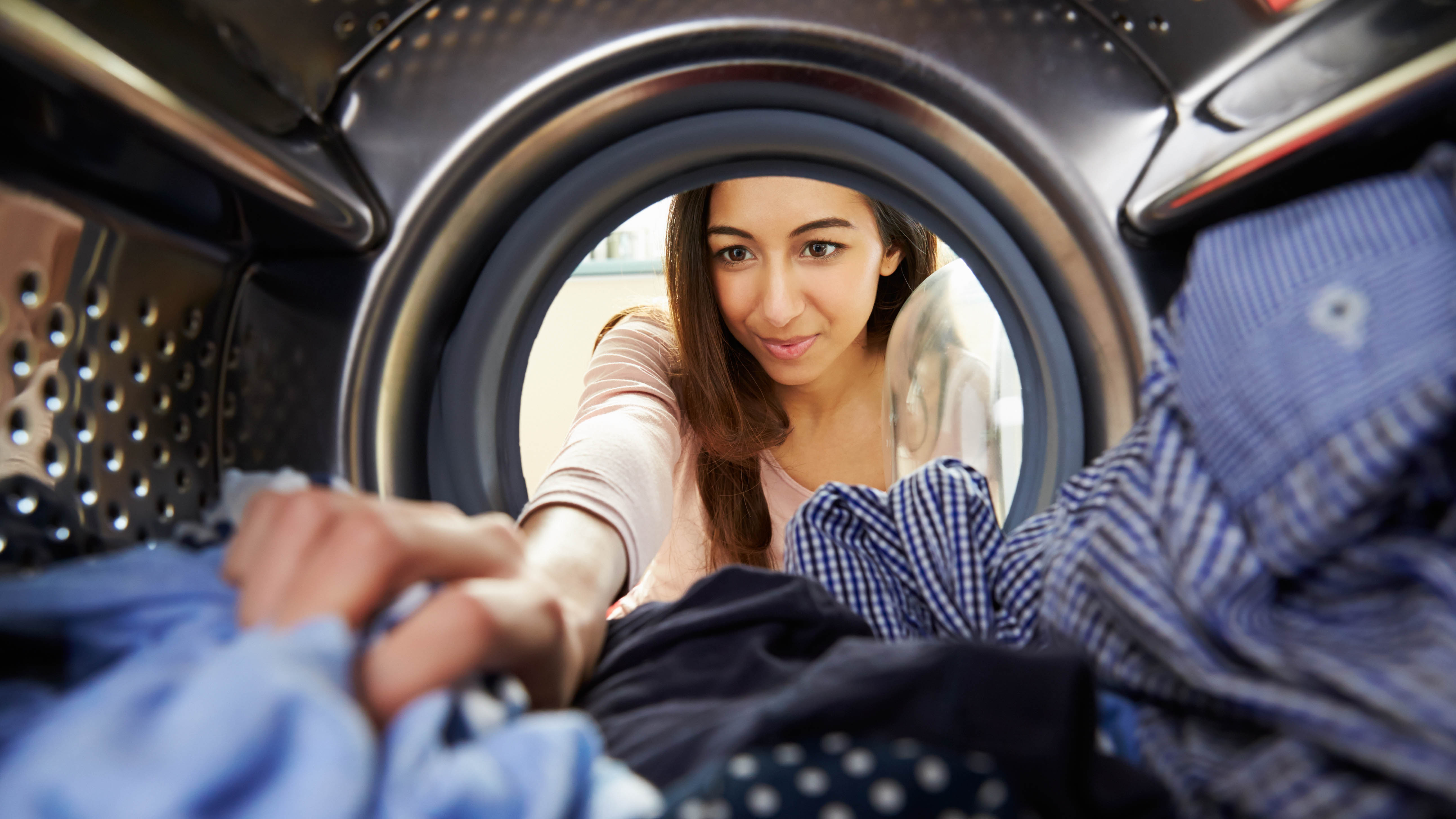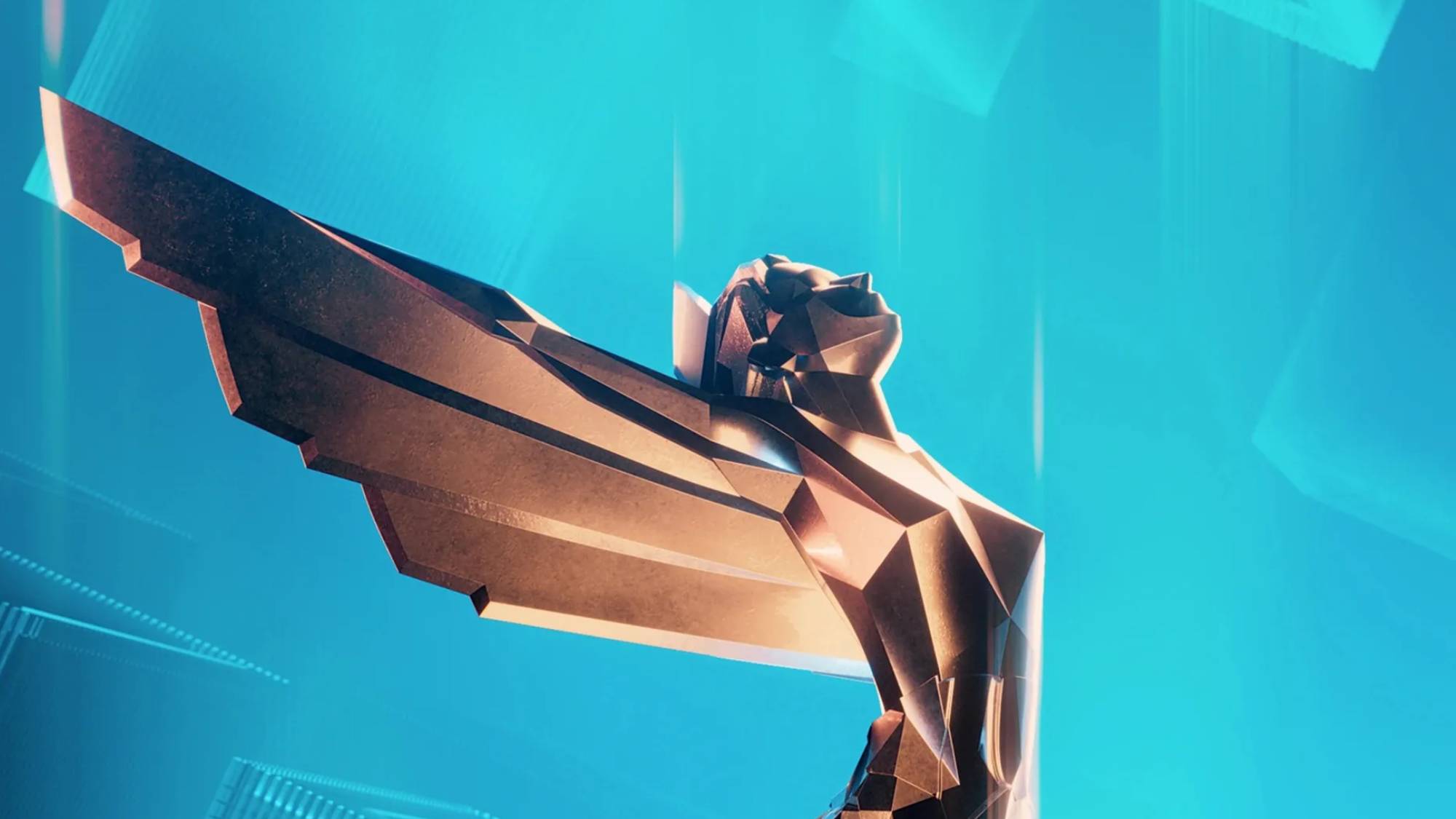When you should and shouldn’t use the quick wash setting on your washing machine
A quick wash saves time, energy and money, but is it as effective?

If you want to make lightwork of laundry day, one program that is appealing is the quick wash cycle. Every washer will offer this setting to some extent — the best washing machines will even offer multiple quick wash options, so you can further adjust it. And since this setting is fast, convenient and uses less energy, why wouldn't you use it?
Unfortunately, this setting isn't as genius as we think it is, for our regular washing. And it’s definitely not a cycle you should solely rely on. Here, we look at the benefits as well as the drawbacks of using the quick wash cycle, and why you shouldn't over-rely on this popular setting.
If you’re more eco-conscious, be sure to check out how to make your laundry room more eco-friendly and how to make your own laundry detergent. Plus, here are 5 reasons you should always wash sportswear separately.
What is a quick wash setting?
As the name suggests, it’s a quick wash! It usually takes around 15 mins to an hour, depending on your washing machine. It uses less water and energy than a standard cycle and will spin for less time as well. Some can be set in a range of temperatures, but generally won’t wash any hotter than 40 degrees Celsius. The quick wash setting is also not designed to wash a full load of laundry.
If you’re unsure if your clothing is suitable for a quick wash cycle, refer to the care label and laundry symbols. Generally, if it’s suitable for a regular wash, it should be suitable for a quick wash, but stick to delicate cycles or hand washing for anything you’re unsure of.
The pros of a quick wash setting
1. Great if you’re in a hurry. A quick wash cycle can be twice as fast as a standard cycle, which is ideal if you need an emergency shirt or blouse for a night out. Some cycles can finish in as little as 15 minutes — just remember to leave time to dry!
2. Good if you just want to refresh your laundry or deal with light soiling. A quick wash naturally won’t clean as thoroughly as a full cycle. However, it would still be a good alternative if you just want to refresh your clothes or don’t deal with heavy stains.
Get instant access to breaking news, the hottest reviews, great deals and helpful tips.
3. Ideal if you only need to wash one or two items of clothing. The quick wash setting is designed to handle a smaller capacity of laundry, usually 2 to 4 pounds (or 1 to 2kgs). So if you just need to rinse one outfit, it can be the right choice.
4. Saves on energy and money. The quick wash setting will use less energy compared to a normal cycle. If you incorporate it into your laundry routine, it can save you a fair amount on your energy bill over time.
5. Increases your washing machine lifespan. As the quick wash setting is shorter than a standard cycle, your washing machine will run for less time when it’s used. This will naturally extend the washing machine’s lifespan.
6. Overall less damaging for your clothes. This depends on the intensity of the spin cycle, but generally speaking as the quick wash setting is so fast, it’s kinder to your clothes in terms of wear and damage from washing.

The cons of a quick wash setting
1. Not ideal if you’re dealing with stubborn stains or smelly laundry. It’s not the cycle to use if you’re washing baby clothes or want to sanitize bed sheets. The quick wash setting generally can’t wash above 40 degrees Celsius so it won’t kill germs or viruses. It’s also not a thorough wash, so it won’t help remove any heavy-set stains.
2. Can’t handle a full load. As the quick wash setting uses less water and time, its capacity is much smaller than a standard cycle. So it really shouldn’t be used for your weekly load of laundry. If overfilled, the results will be even less clean.
3. May not spin as effectively. The quick wash setting won’t spin for as long either, which means any heavy clothing will retain more water than you’re used to. You may have to run a separate spin cycle to help drain this.
4. Residual soap can be left in the clothes as well as the machine. Because the quick wash setting doesn’t rinse the clothes as effectively, residual detergent can be left in the laundry and the washing machine once the cycle finishes. This isn’t ideal if you suffer from sensitive skin and it’s not good for the appliance either. Try to reduce the amount of detergent you use on this setting for this reason.

Katie Mortram used to be a Homes Editor for Tom's Guide, where she oversaw everything from kitchen appliances to gardening tools, as well as smart home tech. Specializing in providing expert advice for cleaning and home manintenance, she now works as Household Advice Editor for Good Housekeeping.
